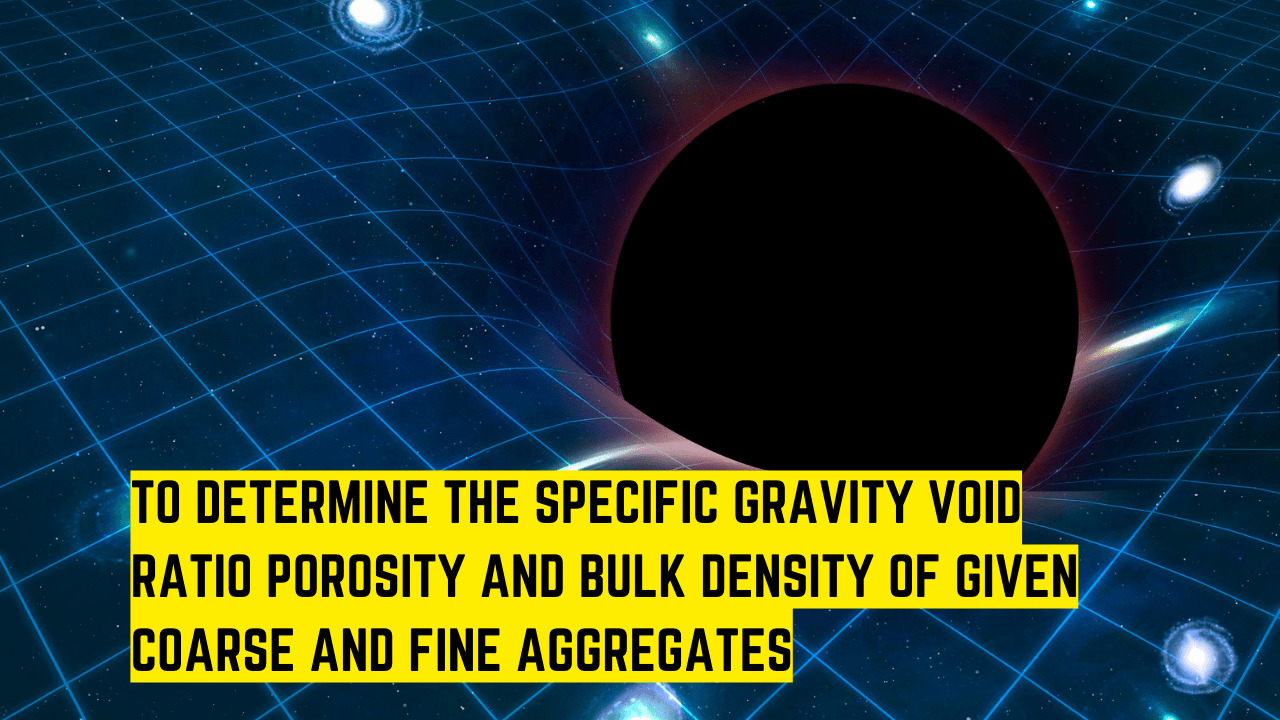Table of Contents
Aim
Fixing bench mark with respect to temporary bench mark with dumpy level by fly leveling and check leveling.
Apparatus:
Dumpy level, leveling staff, tripod stand, arrows, pegs
Theory:
Fly leveling: – It is a very approximate from of levelling in which distances are not measured and sights are taken as large as possible. In this method a line of levels is run to determine approximately reduced levels of the points carried out with more rapidly and less precision.
Check leveling: The main purpose of this type of leveling is to check the values of the reduced levels of the bench marks already fixed. In this method only back sight and foresight are taken. There is no need of intermediate sights. However great care has to be taken for selecting the change points and for taking reading on the change points because the accuracy of leveling depends upon these.
Procedure
- Let A and B the two points as shown in figure They are too for apart .The position of each set up of level should be so selected that the staff kept on the two points is visible through the telescope.
- Let O1, O2, O3 be the positions of the level to be setup. Choose the change points 1,2 etc. on a stable ground so that the position of the level should be midway between the two staff reading to avoid error due to imperfect adjustment of the level.
- Now setup the level at O1 take the reading on the staff kept vertically on A with bubble central. This will be a back sight and R.L of the A is is to assumed or say known. Record these values in the same line in the level book.
- Now select the position of C.P (1) so that the distance of it from O1 is approximately equal to that O1A
- With the bubble in the centre take the reading of the staff held vertically over the change point. This will be a fore sight and book this value in the level book on the next line in the column provided.
- Now shift the level to O2 and set up it there carefully, with the bubble in the centre take reading on the staff kept vertically as the fore sight over C.P(1). This will be a back sight, book it in the same line as the fore sight already recorded in the column provided.
- Select another CP(2) on the stable ground as before so that station O2 is approximately midway between C.P (1) and C.P(2).
- With the bubble central, take the reading on the staff kept vertically over the CP2.This will be fore sight and book it in the level book page in next line.
- Repeat the process until the point B.M reached .The last reading will be a foresight
- Now find out the reduced levels by height of instrument method or by rise and fall method.
- Complete the remakes column also. Apply the arithmetical check
Observation table:-
| Station | Readings | Height of instrument | Reduced Levels | Remarks | |
| A | B.S. | F.S | |||
| B | |||||
| C | |||||
| D | |||||
| E | |||||
Result:
The difference of level between the point be equal to R.L of the last point minus the R.L at the B.M is found to be.






